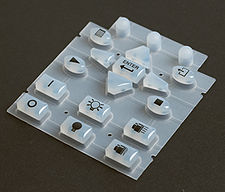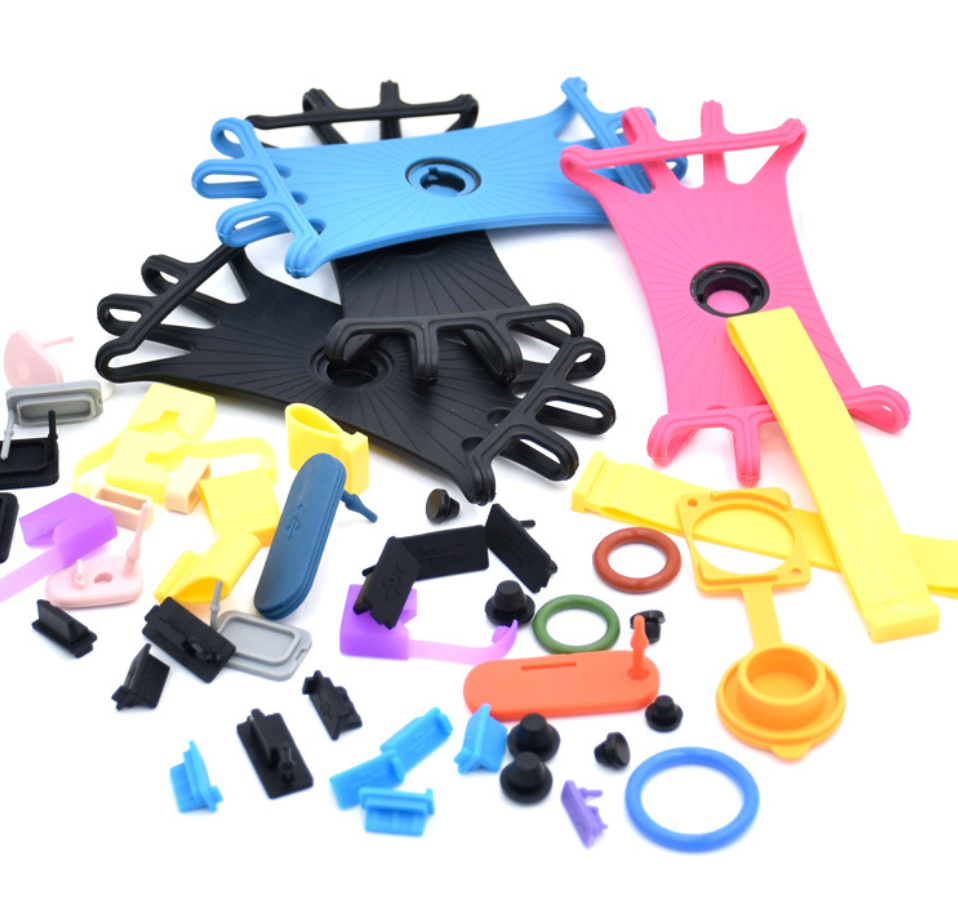Preparation of MQ resin
Silicone MQ resin is commonly prepared by the sol-gel method, in which the main raw material of the M chain is Hexamethyldisiloxane (MM) or Trimethylone-chlorosilane, and the raw material of the Q chain is mainly sodium silicate (sodium silicate) or ethyl orthosilicate (TEOS). Because of the different raw materials of the Q chain, it is mainly divided into the ethyl orthosilicate method and sodium silicate method. The product prepared by ethyl orthosilicate has good performance, but its application scope is limited due to its high cost. The raw material of the sodium silicate method is cheap and easy to obtain, and the product performance is good, so it has a great market value.
Application of silicone MQ resin in silicone rubber
Silicone rubber has many excellent properties, but its mechanical properties such as compression strength and tear strength are poor, can not meet the requirements of the process, it needs to add fillers to modify and enhance it. When MQ resin is used as reinforcement filler, it can not only increase the strength of the rubber matrix, but also not increase the viscosity of the system too fast, which is beneficial to the subsequent operation, and the prepared vulcanized rubber is transparent.
The organic part of MQ resin can improve its compatibility with silicone rubber and increase viscosification. The silicon-oxygen chain can improve the mechanical strength, cohesion strength, peel strength, and high-temperature resistance of silicone rubber, and play a reinforcing role. Additive vulcanized silicone rubber is mainly composed of raw rubber containing vinyl, reinforcing filler, hydrogen-containing silicone oil crosslinking agent, and platinum catalyst. Under the action of platinum catalyst, vinyl-containing MQ resin can chemically combine with raw gum through hydrosilane addition reaction with SIH crosslinking agent, thus forming a three-dimensional network structure and playing a reinforcing role. With the increase of the amount of MQ resin, the hardness, tensile strength, tear strength, adhesive property, and crosslinking density of silicone rubber gradually increase to the optimum value. The reason is that the molecular weight of MQ resin is relatively small, the content of vinyl is relatively high, the compatibility and dispersion of MQ silicone rubber are good, and the chemical combination with the silicone rubber. However, when the crosslinking density is too large, the distribution of the cross-linking points is uneven, and the stress concentration is formed. The silicone rubber becomes hard and brittle, and the silicone rubber is easy to crack under the stress. The curing time is prolonged with the increase of MQ dosage. This is because MQ molecules are small and the content of vinyl is high, which can react with hydrogen-based silicone oil in preference, thus delaying the reaction of hydrogen silicon and vinyl raw glue until the consumption of MQ is exhausted. With the increase of the amount of MQ resin, the dielectric constant of silicone rubber increases to the maximum value and approaches equilibrium. However, the excessive amount of MQ resin and the excessive crosslinking of silicone rubber limit the activities of polar groups, so that the dielectric constant tends to be stable. But the dielectric properties of silicone resin are still lower than the general rubber.


Condensing vulcanized silicone rubber is mainly composed of silicone rubber containing hydroxyl or alkoxy group, reinforcing filler, crosslinking agent, and catalyst. After the catalyst or by the action of water in the air, the crosslinking agent hydrolyzes to produce silanol, which forms a three-dimensional network structure by condensation reaction with the silicon hydroxyl group of the raw glue and is vulcanized into an elastomer. When MQ resin is mixed with silicone rubber, it plays a role in increasing adhesion and reinforcing strength, so that silicone rubber has excellent mechanical properties. However, when subjected to electromagnetic radiation and vacuum UV irradiation, silicone rubber will age, deform, and cracking, and the performance will also become worse. The main reasons for the decrease of silicone rubber quality and performance due to irradiation are the escape of unreacted low molecular matter in vulcanized rubber under irradiation, the fracture of macromolecular network structure, the degradation or crosslinking of the molecular chain. In order to make silicone rubber radiation-resistant, can be added to the radiation-resistant filler, such as nano TiO2, etc.

XJY Silicones
XJY Silicones is a new enterprise for silicone resin innovation and R&D, with more than 30 years of experience in the silicone industry.
We manufacture and customize the XJY-8206 VMQ resin series can be applied to the silicone RTV rubber (food-grade silicone rubber). Our manufacturing, R&D, and sales services obtained the ISO9001 certificate.
![]()
